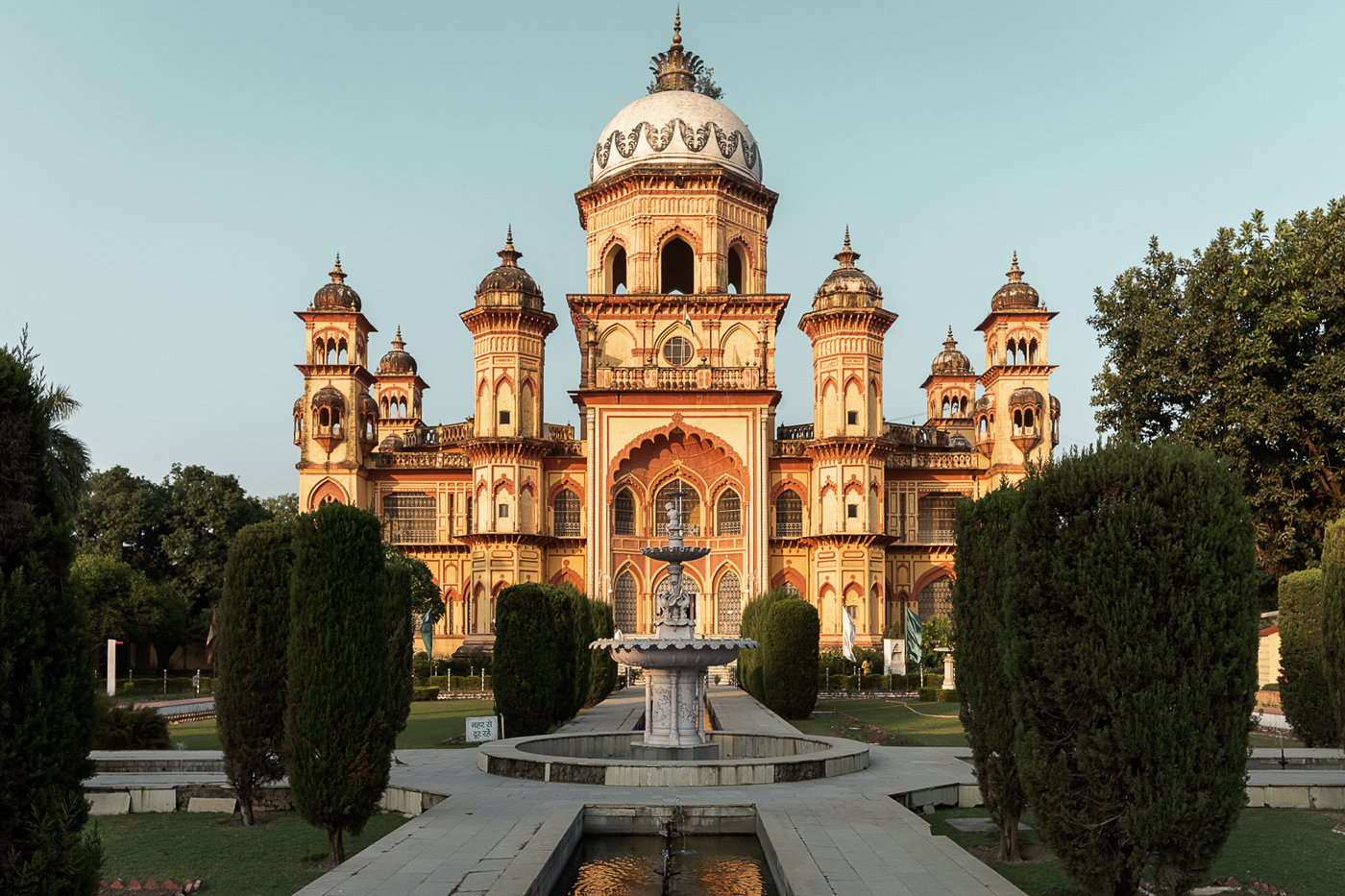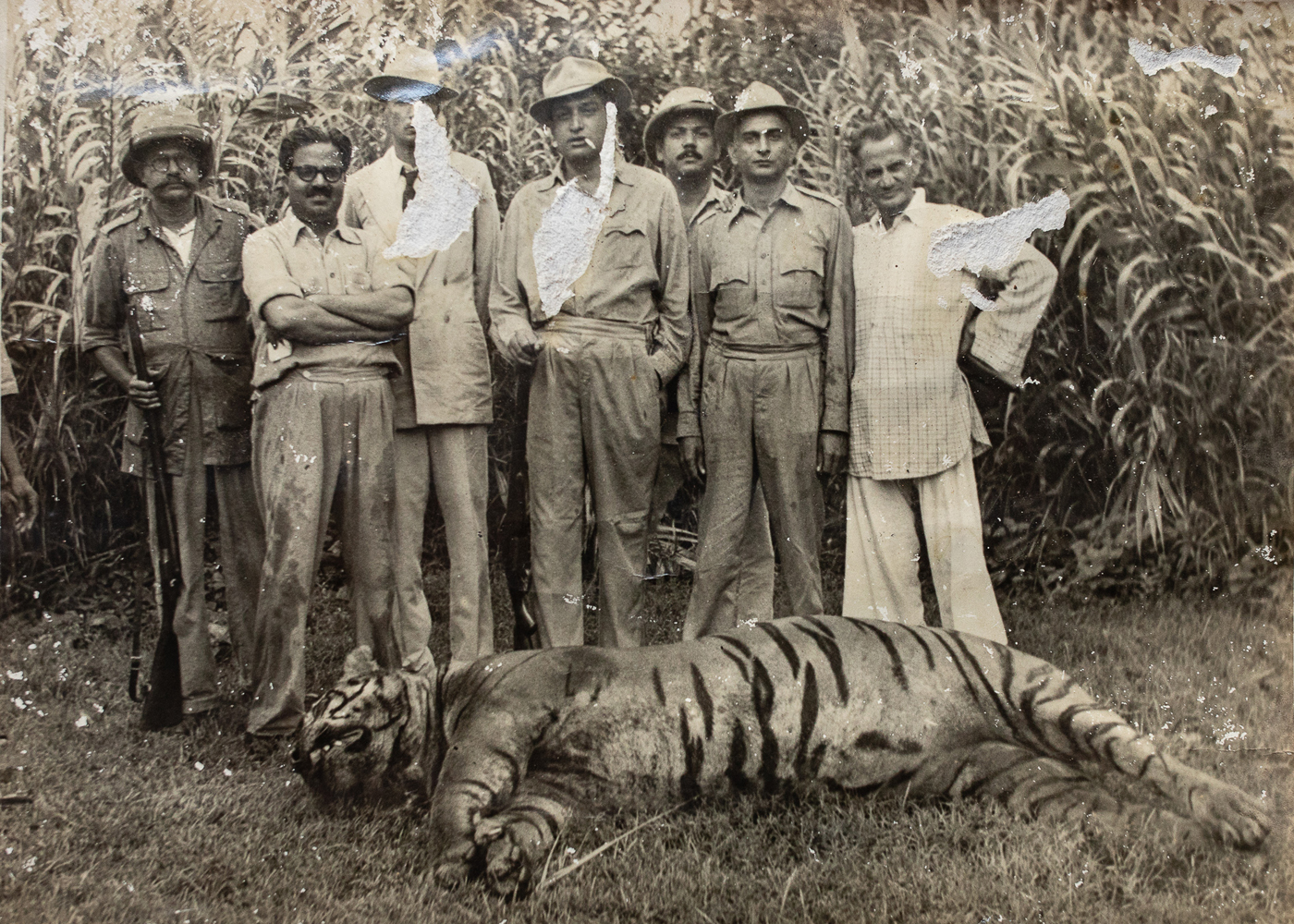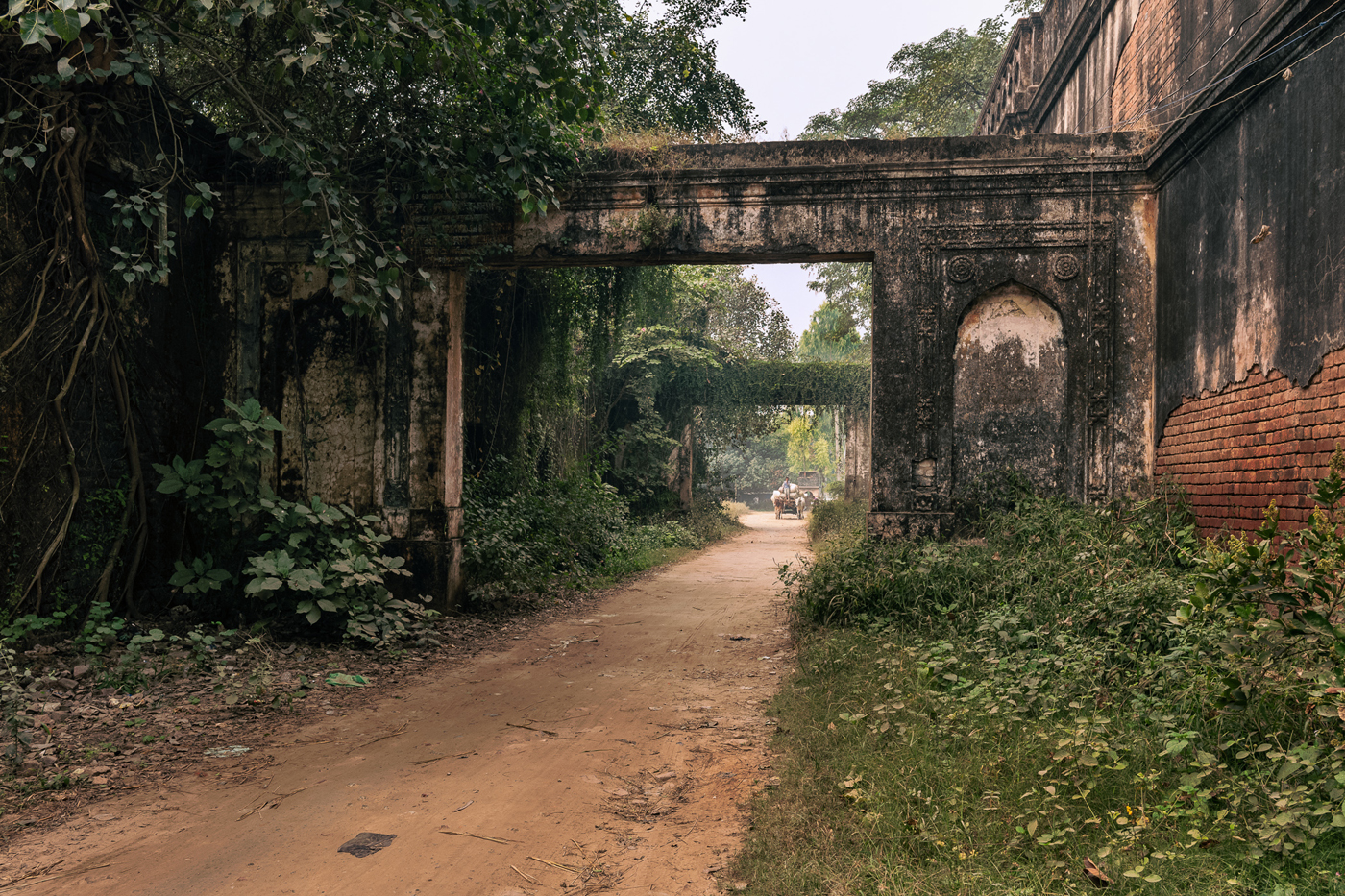






Artist's Statement
Tira Khan
13x19in Inkjet Prints
Rampur is a small city four hours north of Delhi that many Indians have never heard of. A well-constructed highway loops around the city, which means travelers on their way to more popular destinations need not stop. And why would they?
The district has the highest Muslim population in Uttar Pradesh, India’s most populous and poorest state. According to the 2011 census, just half Rampur’s 2.3 million residents can read. The Times of India has called it the country’s “filthiest city.”
The city has seen better times. It has also seen worse. Rampur’s former rulers, Nawabs, constructed palaces, mosques, and a fort. They ruled with clenched fists, ready to punish those who dared defy them — and those who did not. My grandfather, head physician to Nawab Raza Ali Khan, was sent to London to continue his medical studies. Later, he was warned not to return.
For this project, I traveled to India to discover a city, culture, and country that I never knew. I visited my uncle, who lives in the family’s ancestral home. I read historic texts and learned that Pathans, my family’s ethnic lineage, were considered a warrior race, admired by Rudyard Kipling and Winston Churchill, but also vilified.
My photographs explore the city’s architecture, and play with the formality of Indian-style portraiture popular during the pre-world war era. This series looks at the city’s history, and also its present: During my visit, I observed a young parkour team who bridges this temporal divide by doing flips atop crumbling palaces.
Recognizing the city’s history seems important now, as Muslims struggle under the shadow of Hindu nationalism. Here, Hindus and Muslims have always lived together peacefully — even when violence ripped through the country during Partition in 1947. While riots in Delhi continue to kill indiscriminately, this city, for the moment, remains quiet.

